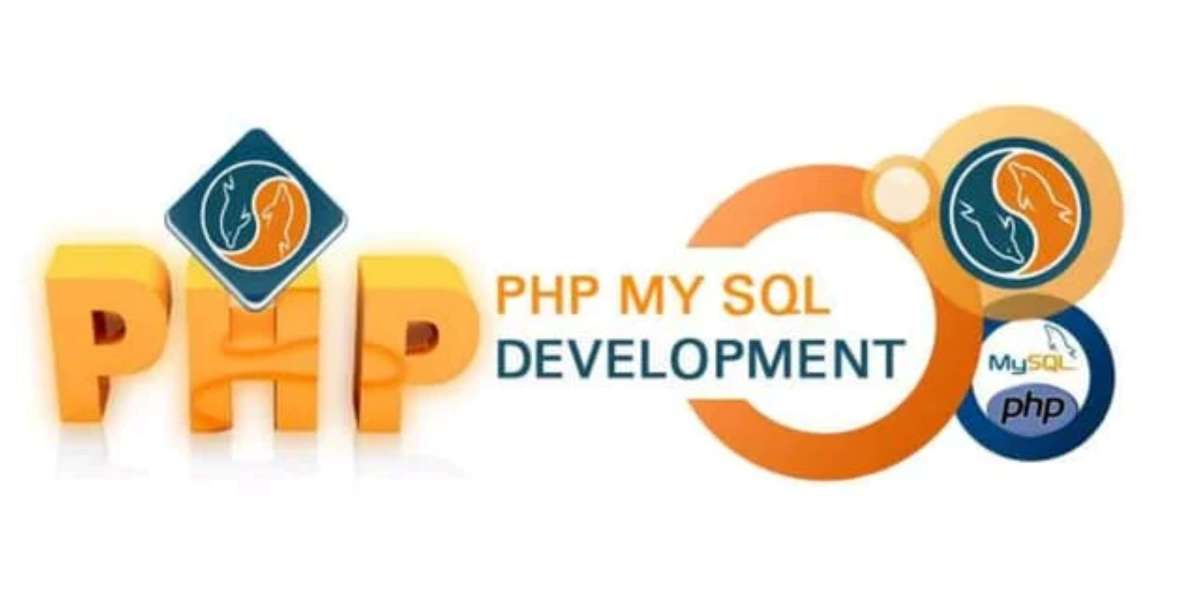What is SQL
Full-Text Search Capabilities in SQL
Introduction
Effective searching and retrieval of information is critical in the ever-expanding field of data management. Full-text search is one of the powerful feature sets that SQL offers to improve search performance in relational databases. What is SQL? This blog delves into the complexities of full-text search, examining its importance, practical uses, and implementation.
Understanding Full-Text Search
At its core, full-text search empowers users to perform comprehensive searches across textual data stored in a database. Unlike traditional SQL queries, which are primarily geared towards exact matches, full-text search enables the querying of unstructured or semi-structured text, unlocking a wealth of possibilities in information retrieval.
How Full-Text Search Works
Full-text search operates by breaking down text into individual words, known as tokens, and constructing an index that maps these tokens to their respective occurrences within the database. This index facilitates rapid search operations, enabling users to find relevant documents or records based on keyword matches and relevance scoring.
Implementing Full-Text Search in SQL
Implementing full-text search in SQL typically involves the utilization of specialized functions and operators tailored for text searching. These include `CONTAINS`, `FREETEXT`, and `CONTAINSTABLE`, each offering unique functionalities for conducting text-based queries. Additionally, SQL provides mechanisms for configuring and optimizing full-text indexes to ensure optimal performance and accuracy.
Enhancing Search Accuracy with Full-Text Indexes
Full-text indexes play a pivotal role in enhancing search accuracy and efficiency. By creating indexes on text columns, database administrators can significantly expedite search operations while maintaining relevance and precision. Furthermore, fine-tuning index parameters such as word breakers and stop words can further refine search results, minimizing false positives and improving user experience.
Real-World Applications of Full-Text Search
The versatility of full-text search extends across various industries and use cases. From e-commerce platforms enabling product discovery to content management systems facilitating document retrieval, the applications of full-text search are diverse and far-reaching. In the realm of customer relationship management (CRM), full-text search empowers sales teams to swiftly locate relevant customer information, streamlining workflows and enhancing productivity.
Challenges and Considerations
Despite its myriad benefits, full-text search is not without its challenges. One such challenge is the complexity of indexing large volumes of textual data, which can impose significant resource overhead. Additionally, balancing search performance with result relevance requires careful optimization and tuning, necessitating a nuanced understanding of database architecture and query optimization techniques.
Best Practices for Full-Text Search Optimization
To maximize the effectiveness of full-text search, adhering to best practices is essential. This includes judiciously selecting text columns for indexing based on search frequency and relevance, leveraging query optimization techniques to minimize search latency, and periodically monitoring and fine-tuning full-text indexes to adapt to evolving data patterns and usage scenarios.
Conclusion
Relational databases' full-text search features are an effective means of improving search efficiency and releasing the hidden value of textual data. Through comprehension of the fundamental concepts, use of optimal methodologies, and utilization of the varied features provided by SQL, establishments can fully utilize full-text search to stimulate creativity, optimize processes, and provide exceptional user encounters.
Frequently Asked Questions (FAQs)
1. What is the main advantage of using full-text search in SQL databases?
Full-text search offers the advantage of enabling comprehensive searches across textual data, allowing users to find relevant information even within unstructured or semi-structured text. Unlike traditional SQL queries, which primarily focus on exact matches, full-text search enhances search functionality by considering the context and relevance of keywords within the text.
2. How does full-text search differ from traditional SQL queries?
Traditional SQL queries are designed for structured data and typically rely on exact matches or pattern matching techniques. In contrast, full-text search allows for more flexible searching within unstructured or semi-structured text. It employs specialized algorithms to index and search textual data efficiently, considering factors such as word proximity and relevance scoring.
3. Can full-text search be applied to non-textual data types in SQL?
While full-text search is primarily designed for textual data, some SQL databases offer extensions or plugins that allow full-text search capabilities to be applied to non-textual data types, such as binary data or spatial data. However, the effectiveness of full-text search on non-textual data types may vary depending on the database implementation and the nature of the data.
4. How can I optimize full-text search performance in SQL databases?
Optimizing full-text search performance involves various strategies, including judiciously selecting text columns for indexing, fine-tuning index parameters such as word breakers and stop words, and leveraging query optimization techniques to minimize search latency. Additionally, periodically monitoring and maintaining full-text indexes can help ensure optimal performance over time.
5. Are there any limitations or challenges associated with full-text search in SQL databases?
While full-text search offers powerful search capabilities, it also comes with certain limitations and challenges. Indexing large volumes of textual data can impose significant resource overhead, requiring careful consideration of database resources and performance implications. Additionally, balancing search performance with result relevance may require ongoing optimization and tuning.
6. What are some real-world applications of full-text search in SQL databases?
Full-text search finds widespread use across various industries and applications. It powers search functionality in e-commerce platforms for product discovery, facilitates document retrieval in content management systems, and enables rapid information retrieval in customer relationship management (CRM) systems. Additionally, full-text search is utilized in knowledge management systems, legal databases, and scientific research repositories, among other applications.







